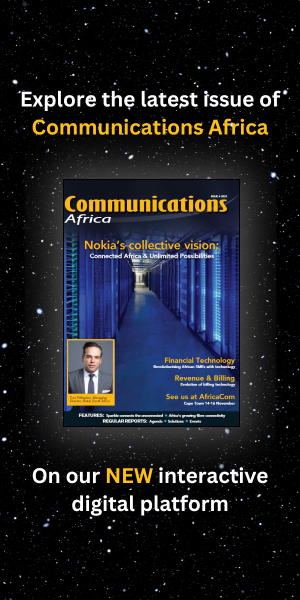Rack Centre, West Africa’s premier carrier- and cloud-neutral Tier III data centre, has signed a strategic co-location agreement with TelCables Nigeria, a subsidiary of Angola Cables and one of Africa’s most connected network operators
The partnership will see TelCables Nigeria integrate its high-capacity network and cloud infrastructure directly into Rack Centre’s ecosystem, leveraging four international subsea cables – SACS, MONET, SEBRAS and EllaLink.
This deployment significantly strengthens Rack Centre’s intercontinental reach by delivering resilient, low-latency routes to Europe, the Americas and Latin America. It also helps mitigate the risks of future cable outages along West Africa’s coast, a growing concern for regional digital infrastructure.
“Our unique Africa – to – Latin America route via SACS, combined with MONET, SEBRAS and EllaLink, gives customers the lowest - latency paths to the Americas and Europe,” said Fernando Fernandes, CEO of TelCables Nigeria. “Businesses in latency sensitive sectors: financial services, content delivery and real-time communications will experience faster transactions, reduced lag and an enhanced user experience. By hosting at Rack Centre we also localise Clouds2Africa resources, price them in naira, and remove expensive ingress/egress charges or FX exposure.”
The agreement brings several advantages to Rack Centre’s clients, including:
-
Dark fibre integration for enhanced performance through diverse, redundant connections.
-
On-net availability of Clouds2Africa’s IaaS, PaaS and CDN services, offered within a localised, data-sovereign environment.
-
Direct access to leading public cloud platforms such as AWS, Azure and Google Cloud.
-
High-speed intercontinental connectivity to three continents, including the only direct path between Africa and Latin America.
The collaboration supports Rack Centre’s ongoing expansion, including its new 13.5MW LGS2 facility, designed with sustainability in mind and powered by renewable energy. The campus currently hosts more than 70 carriers, ISPs, and network operators.
“Adding a global operator of Angola Cables’ calibre through TelCables Nigeria dramatically deepens our connectivity fabric,” remarked Lars Johannisson, CEO of Rack Centre. “We can now offer 99.95 % SLA routes to more destinations, enabling enterprises, governments and cloud providers to meet performance and data-residency requirements while keeping traffic local.”






















